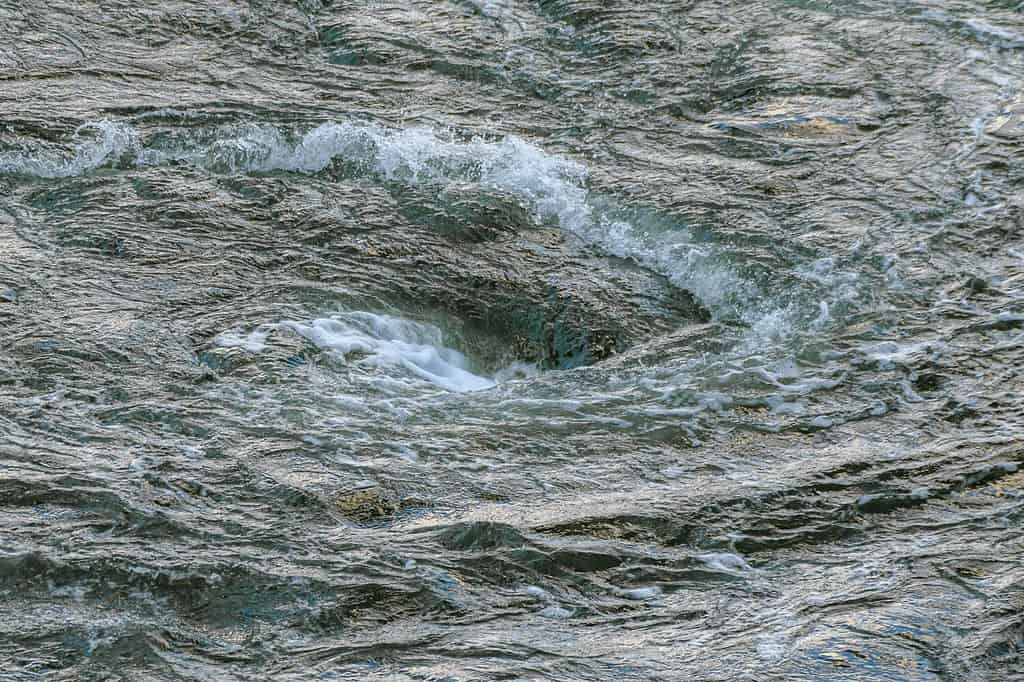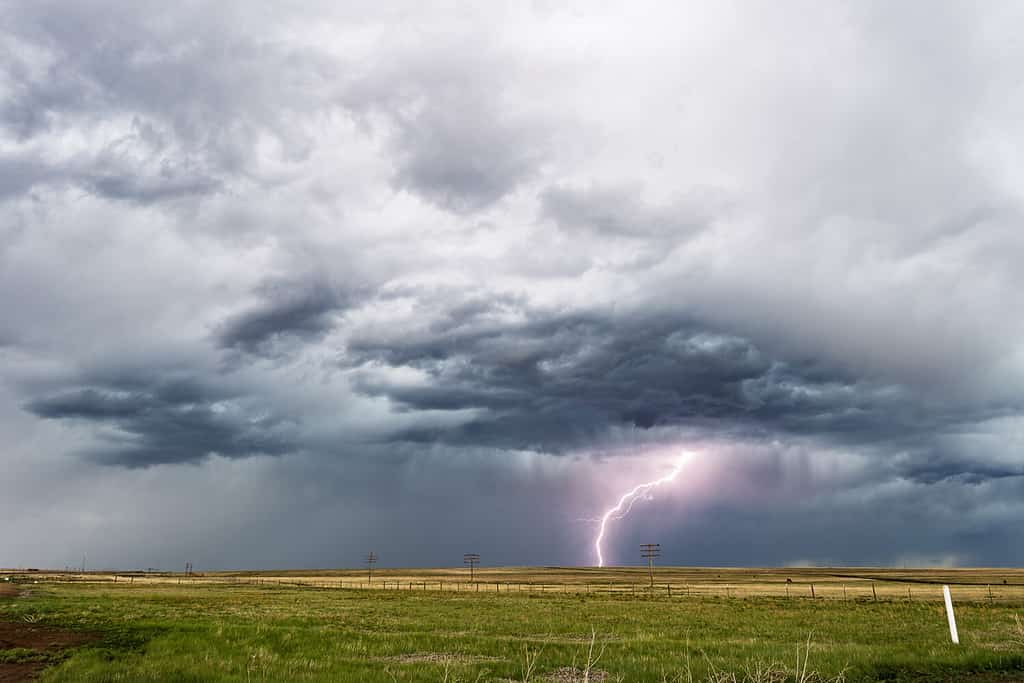How to Identify Clouds That Look Like Waves
Have you ever gazed at the sky and noticed unique cloud formations? There are various types of wondrous and rare clouds you might be lucky to catch in your cloud-watching endeavors. One of the most remarkable phenomena is the presence of clouds that look like waves. These wavy clouds are called asperitas clouds (undulatus asperitas) — and they’re the newest addition to the World Meteorological Organization.
This article will detail how to identify asperitas clouds, their history, and some common features of the wavy clouds.
What Are Asperitas Clouds?
Asperitas is a relatively rare cloud formation that causes clouds to resemble waves. These clouds have a base height of 4,000 to 10,000 feet and a wavy undersurface. The name “asperitas” derives from Latin aspero, which translates to “roughen.” Formerly referred to as “undulatus asperitas,” this distinctive cloud formation typically occurs in the presence of thunderstorms, giving them an apocalyptic appearance.

©Doug McLean/Shutterstock.com
Asperitas clouds are also the newest recognized cloud by scientists. They were first recognized in 2008 by Gavin Pretor-Pinney of the Cloud Appreciation Society. The society proposed the addition of asperitas clouds to the World Meteorological Organization (WMO)’s Internation Cloud Atlas. Still, the cloud formation/pattern remained undocumented for years. Eventually, the WMO accepted the classification, which became official in 2017 and made asperitas clouds the newest cloud type since 1951.
According to the International Cloud Atlas, asperitas describes localized waves in the cloud base. These can either appear smooth or dappled with smaller features. Additionally, some asperitas clouds will even form sharp points. This is why they resemble the sea surface from below. Varying levels of illumination and thickness of the cloud can lead to dramatic visual effects.”
How Do Asperitas Clouds Form?
While the exact reason for their formation remains a mystery, scientists believe asperitas clouds develop from turbulent air. While they don’t produce rain, asperitas clouds often form with thunderstorms, when the atmosphere is unstable. However, they typically appear after a thunderstorm has dissipated.

©John D Sirlin/Shutterstock.com
Where Do Asperitas Clouds Occur?
Asperitas clouds form all over the world, but they are most common in stormy regions like the Great Plains. However, keep in mind this type of cloud is relatively rare, so you might not notice the formation as often as others. If you do happen to catch it, consider yourself a lucky cloud-watcher!









